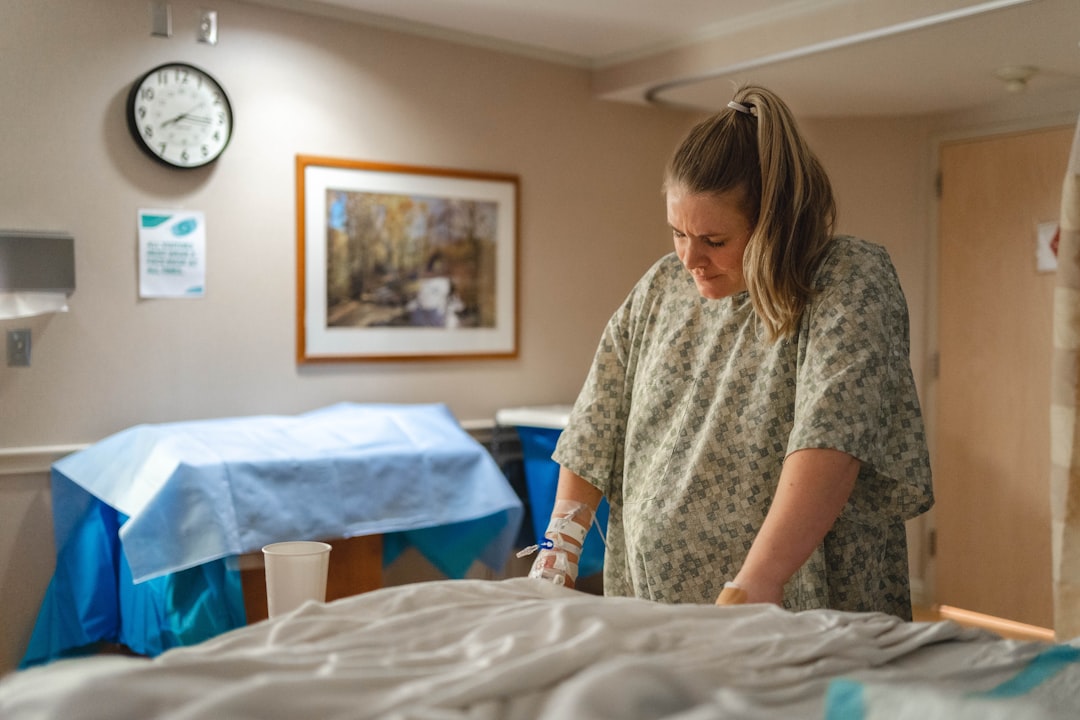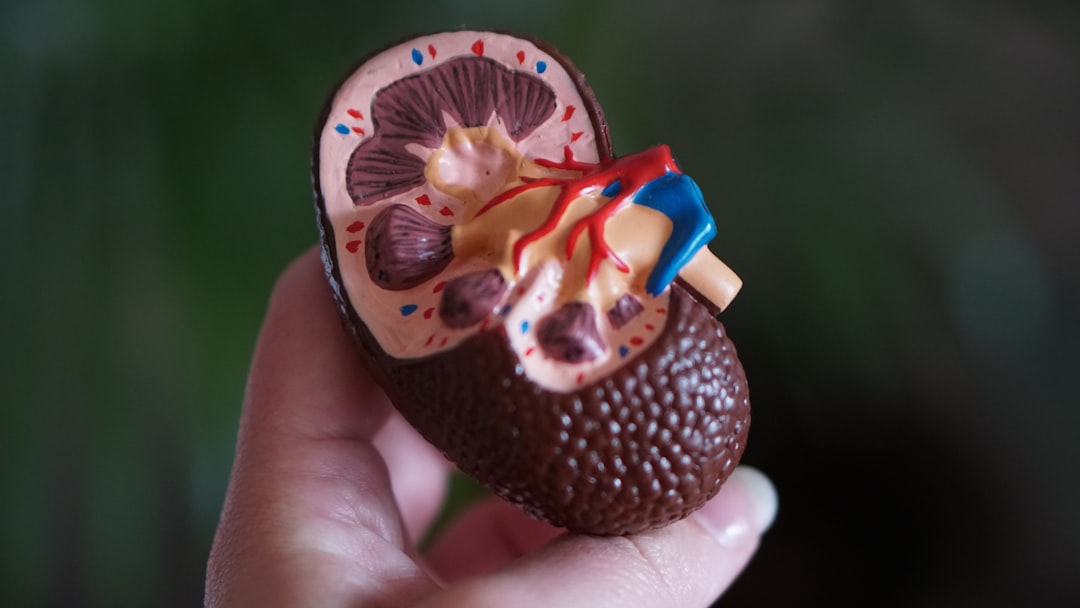What is it about?
The Americans with Disabilities Act (ADA) has been effective in establishing building standards that create accessible spaces for people with physical impairments. These guidelines have not addressed the needs of people with mental, emotional, and/or developmental disabilities. With the increase in autism diagnosis, designers/architects need to expand their planning to include more universal solutions. The purpose is to demonstrate ways of designing beyond ADA to address needs of people with autism spectrum disorder (ASD). To design effectively, designers/architects must identify sensory issues that influence these children in establishing a regulatory state enabling effective interaction with neurotypical peers. Design is also important for teachers, therapists, and parents of children with ASD to enable more successful interactions. If the environment is overstimulating for a child with ASD, then a parent/caregiver/therapist will struggle to achieve their goals. Mostafa recommended seven design criteria known as ASPECTSS™: Acoustics, Spatial sequencing, Escape spaces, Compartmentalization, Transition spaces, Sensory zoning, and Safety, when designing for people with ASD. These classifications lay the groundwork for the established guidelines. As designers/architects, we have a responsibility to create inclusive environments. To help, the authors highlighted a vocational center showing one plan that meets ADA guidelines and another that illustrates additional environmental features addressing the needs of people with ASD. These criteria originated from evidence-based solutions derived from a literature review and personal interview. These recommendations demonstrate that sensitivity to the needs of people with autism creates a solution that is better for all people.
Featured Image

Photo by Anna Kolosyuk on Unsplash
Why is it important?
Benefits to people with autism: This work positively impacts people with autism as the environment is able to support their needs to enhance their ability to learn and to work toward the development of job skills and life skills that lead to more independent living. Better design solutions enhance their socialization skills, their ability to interact with others around them, and develop overall communication skills for interacting within the community, which can boost the positive image of autism within society as a whole. Benefits to the Community at large: Well-designed facilities assist teachers; caregivers; occupational, physical, and speech therapists; and other support professionals in effectively planning their facilities to support the educational goals of each student. Effectively designed environments allow teachers; caregivers; occupational, physical, and speech therapists; and others to realize the impact of environmental stimulus on children with autism and how to address their specific hyposensitivity and hypersensitivity needs within the environment. This supports people working with children with ASD in their ability to meet children where they are at and to minimize the impact of over- or understimulation; in this way, children will be better supported in their efforts to communicate, socialize, minimize repetitive behaviors, and learn activities of interest. Benefits to the design and architectural communities: This work will inform designers and architects on environmental characteristics that positively impact the facility users by enhancing feelings of control and contributing to the well-being of people on the autism spectrum (Gaines et al., 2016). In working to support their independence within the built environment, and society as a whole, this will be a win-win.
Perspectives
Currently there are building codes addressing the accessibility for people with physical impairments, but there are no codes on how to design for individuals with sensory disorders, specifically individuals with Autism. The built environment is full of sensory elements that effect people whether hypo or hyper sensitive. My article express the needs for those codes. My hope is that this article will help educators, therapist, caregivers, designers, and architects better understand how to build an environment for people with sensory disorders and understand the impact of the sensory elements that effect individuals in the space.
Joslin Clouse
Central Michigan University
Read the Original
This page is a summary of: Designing Beyond the Americans With Disabilities Act (ADA): Creating an Autism-Friendly Vocational Center, HERD Health Environments Research & Design Journal, December 2019, SAGE Publications,
DOI: 10.1177/1937586719888502.
You can read the full text:
Contributors
The following have contributed to this page










